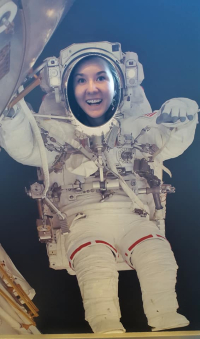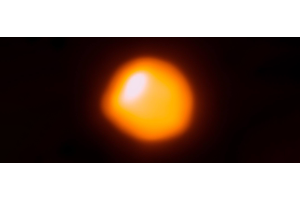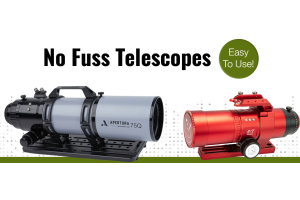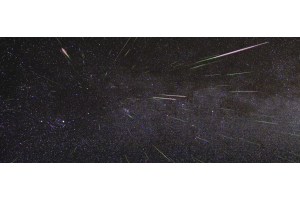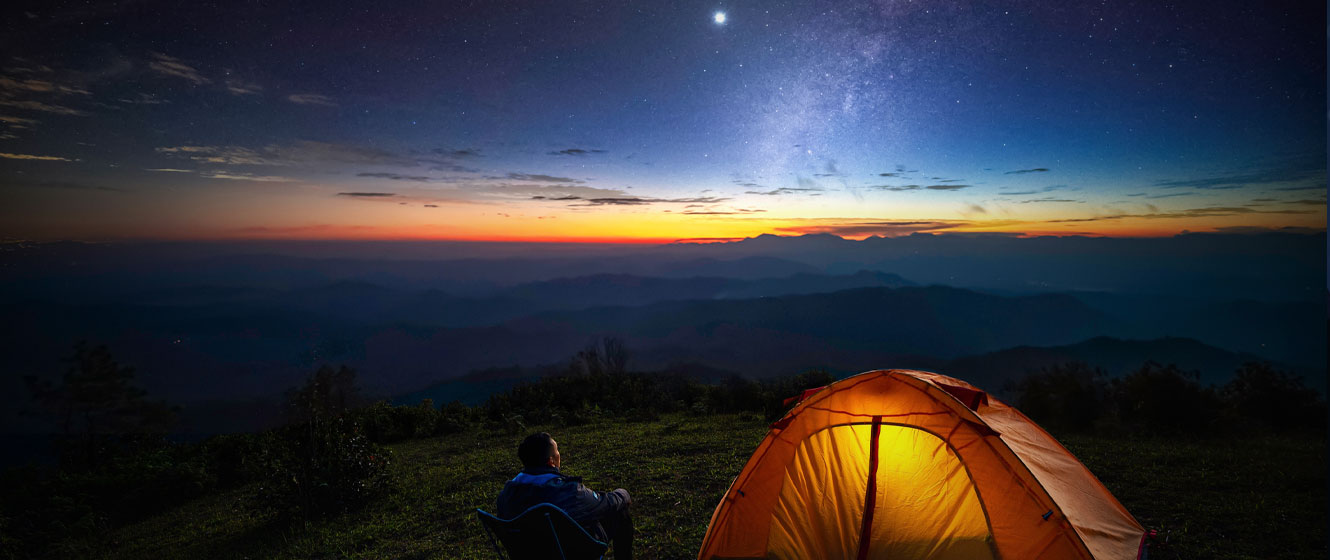
The search for clear, dark skies often leads us far from home. Scattered across the globe are famous observatories, Dark Sky Parks, and historically significant locations that have seen generations of influential astronomy research and discoveries. This has led to an all-new type of tourism: astronomy tourism. Combine a passion for astronomy with a love of travel and add these locations to your traveler’s bucket list.
Chile
Ever wonder why so many observatories and astronomy research centers are located in Chile? It has fantastic skies that are highly conducive to stargazing and observing! It’s not just for the scientists, either; tourists and visitors are welcome at many of the observatories, and Chile itself has many sights well worth seeing.
In fact, the travel website for Chile has an entire section dedicated to astrotourism, which you can take a look at here. If you plan a trip, don’t leave ALMA off your list, as it’s the largest astronomical project on the planet and welcomes visitors. Be sure to check out the tourist restrictions for any other observatories you want to see, as some require that you book in advance.
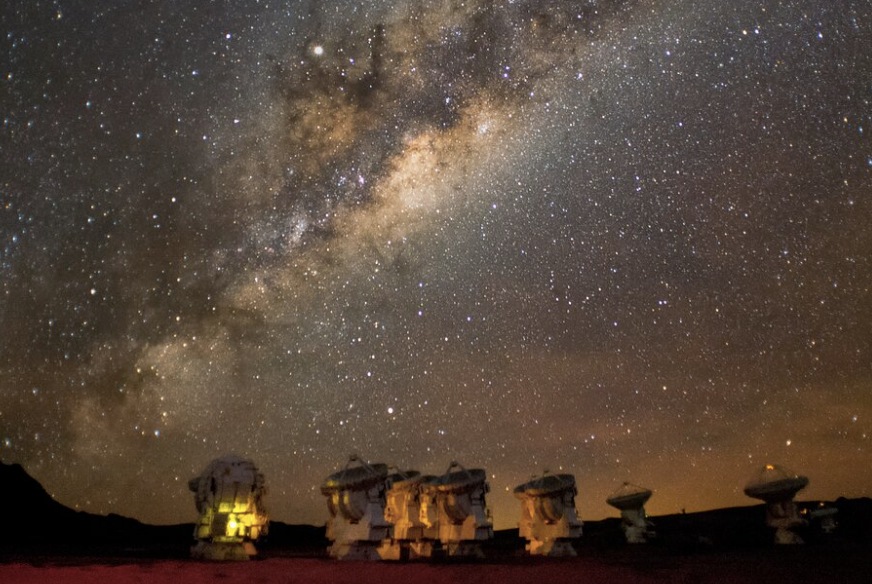
Mauna Kea, Hawaii
Who doesn’t have Hawaii on their list of destinations to visit? There are already so many reasons to plan a trip, but if you need even more incentive, Hawaii is home to the Mauna Kea observatories, a collection of 13 research centers at the summit of a mountain. You won’t be able to visit the telescopes themselves, but you can participate in stargazing events at the Visitor Information Station.
The visitor station is located at 9,200 feet, while the summit climbs to 14,000 feet. For this reason, you should definitely keep your health in mind, allow yourself breaks to adjust to the altitude, and be aware of the signs of altitude sickness.
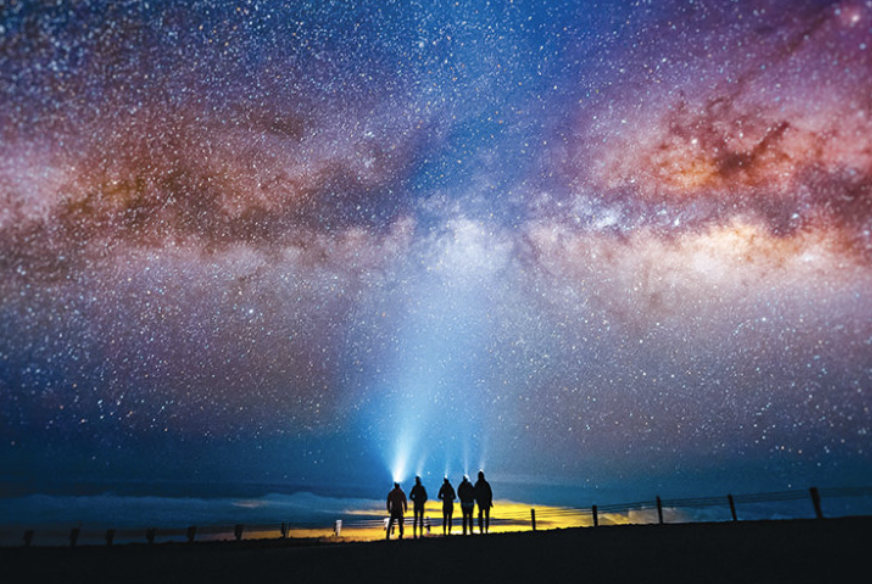
Very Large Array, New Mexico
Any fans of the movie Contact out there? You’ll be familiar with the Very Large Array (VLA), a vast expanse of 27 radio antennas trained towards the sky and carrying out radio astronomy research. Stop in at the visitor center to learn more about the history of the VLA, watch a documentary (narrated by Jodie Foster, of course), and then head out to the Plains of San Agustin for a self-guided tour of the whole array. That’s right, you’re free to wander around and follow the information signs that take you up to the base of one of the dishes. Just be sure to turn your cell phone off, as research is constantly ongoing and interference should be limited.
Aside from self-guided tours, there are also guided tours offered on the first and third Saturday of every month. Take a look at the website for up-to-date information.
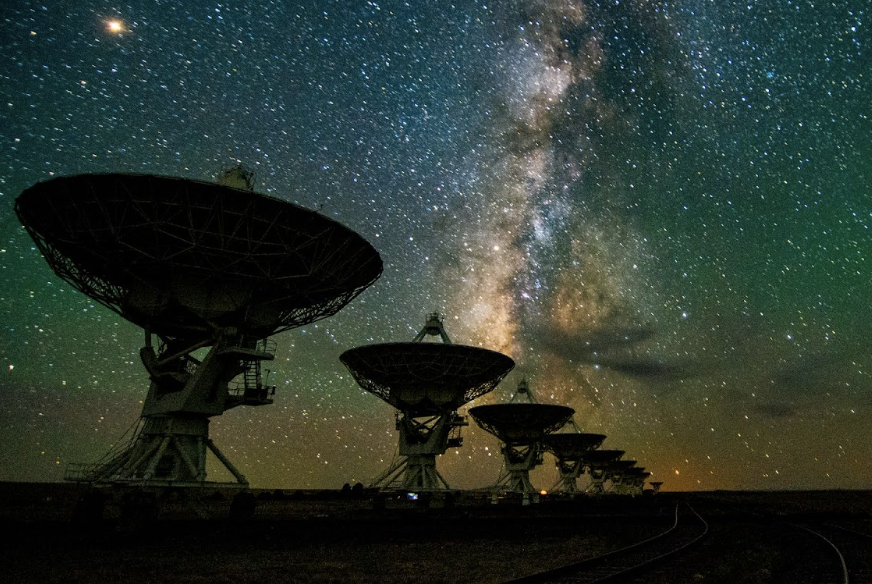
Teide National Park, Spain
Teide National Park is, to put it simply, sensational. It’s a world heritage site, which means it has been deemed to be of “universal value.” The landscape is a volcanic wonderland filled with petrified lava and craters. It also has a touch of modernity, with a bar, restaurant, two visitor centers, and a hotel. Teide is clearly an amazing place for nature enthusiasts, but it’s also a premier location for astronomy lovers.
The park has been awarded the title of “Starlight Destination” by the Starlight Foundation, which essentially means that Teide has met stargazing requirements that “protect the sky and its natural and associated cultural values.” If you’ve never had a clear and defined view of the Milky Way before, Mount Teide is the perfect place to get your first glimpse. In addition, out of the 88 officially recognized constellations in the sky, you can see 83 from Mount Teide. How’s that for prime stargazing?
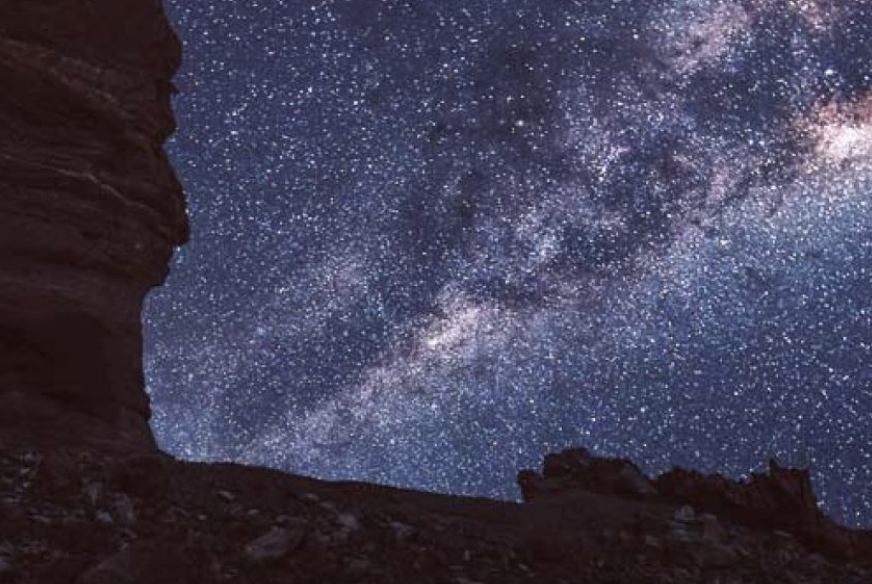
Dark Sky Parks
The US is dotted with Dark Sky Parks that ensure stargazers have clear skies that aren’t marred by light pollution. Some of the best locations for stargazing in the US are Dark Sky Parks, so no matter where you are in the country, make an effort to visit the one nearest you. What’s more, many Dark Sky Parks host star parties, so if you don’t want to bring your own telescope or want to connect with other nearby amateur astronomers, these are great opportunities. Here are some popular parks that are making the effort to go dark or already have:
- Grand Canyon National Park, Arizona
- Cherry Springs State Park, Pennsylvania
- Steinaker State Park, Utah
- Anza-Borrego Desert State Park, California
- Headlands, Michigan
- Kissimmee Prairie Reserve, Florida
Astronomy doesn’t just have to take place in your backyard. Everywhere you go, there will always be stars above you, and opportunities to see things that aren’t visible to you under ordinary circumstances reveal themselves. If you love both travel and astronomy or want to see parts of the sky you’ve never laid eyes on before, astronomy tourism is your ticket.

Learn More
Interested in learning more about astronomy? Not sure where to begin? Check out our Astronomy Hub to learn more!





